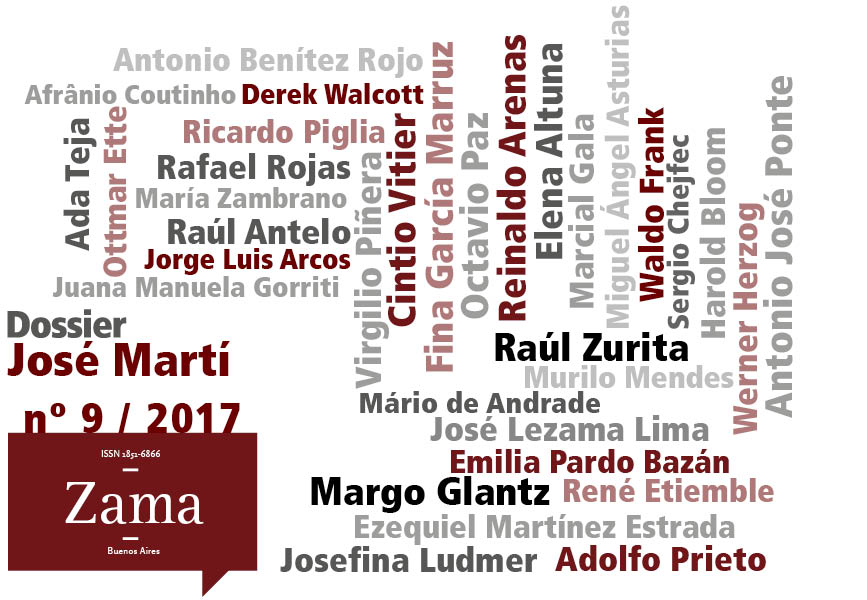Una "memoria que se atiborra". Trauma, rastros y narrativas mnemónicas posesclavistas en la obra de Marco Lora Read y de Roberto Burgos Cantor
Keywords:
memory, slavery, trauma, remains, residual memory
Abstract
The coincidence of a memory boom (Huyssen, Todorov) and a new “cycle of race” (Laó Montes) in the last decades has generated a wide corpus of cultural practices related to the memory of slavery, continuing and renovating the long tradition of post-slavery narratives. These new practices, which I will call “residual memories”, make use of documents and testimonies, key elements of the archives of slavery, while marking their precariousness and their paradoxes. They propose new mnemonic, indirect, elusive, contradictory, incisive accounts of a slaveholding past and of what remains of slavery. From these perspectives this paper proposes an approach to La ceiba de la memoria by Roberto Burgos Cantor and to the visual production of Marcos Lora Read. For this I will rely on W.J. Mitchell’s proposal to think slavery as an “obstruction of memory”, and on Derek Walcott’s, Édouard Glissant’s and Toni Morrison’s reflections on remains as a crucial element of Caribbean memories. On the basis of this framework I will inquire about the ways in which these practices of residual memories approach the problem of trauma and its (re)presentations.Downloads
Download data is not yet available.
How to Cite
López-Labourdette, A. (1). Una "memoria que se atiborra". Trauma, rastros y narrativas mnemónicas posesclavistas en la obra de Marco Lora Read y de Roberto Burgos Cantor. Zama, 9(9), 83-97. https://doi.org/10.34096/zama.a9.n9.4052
Issue
Section
Artículos












